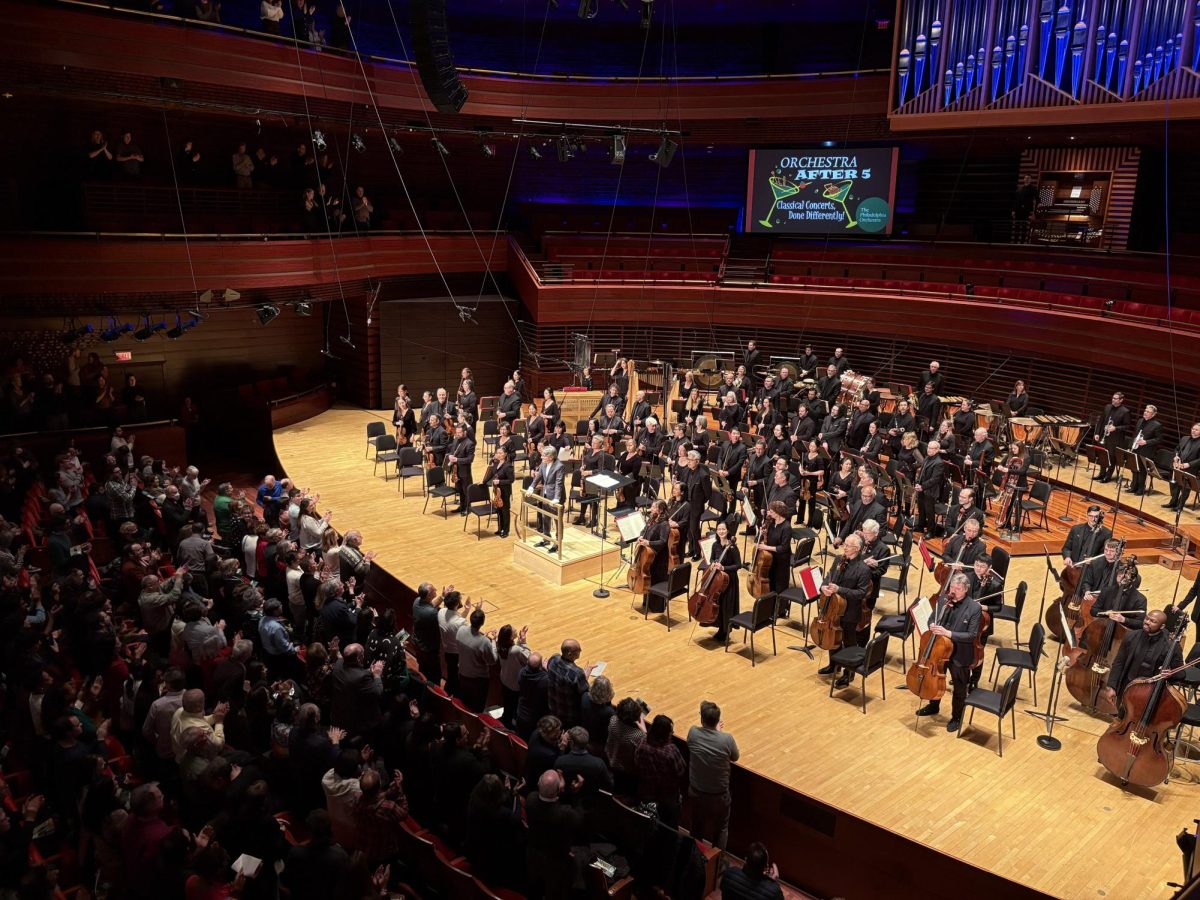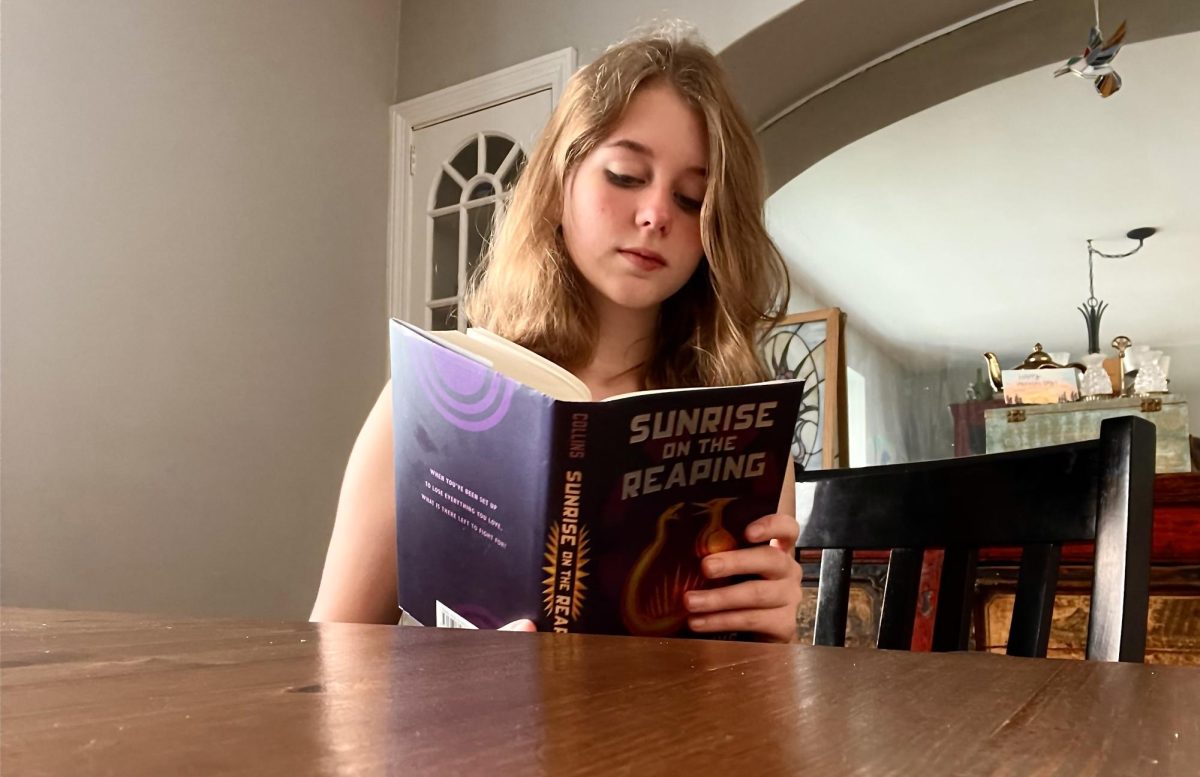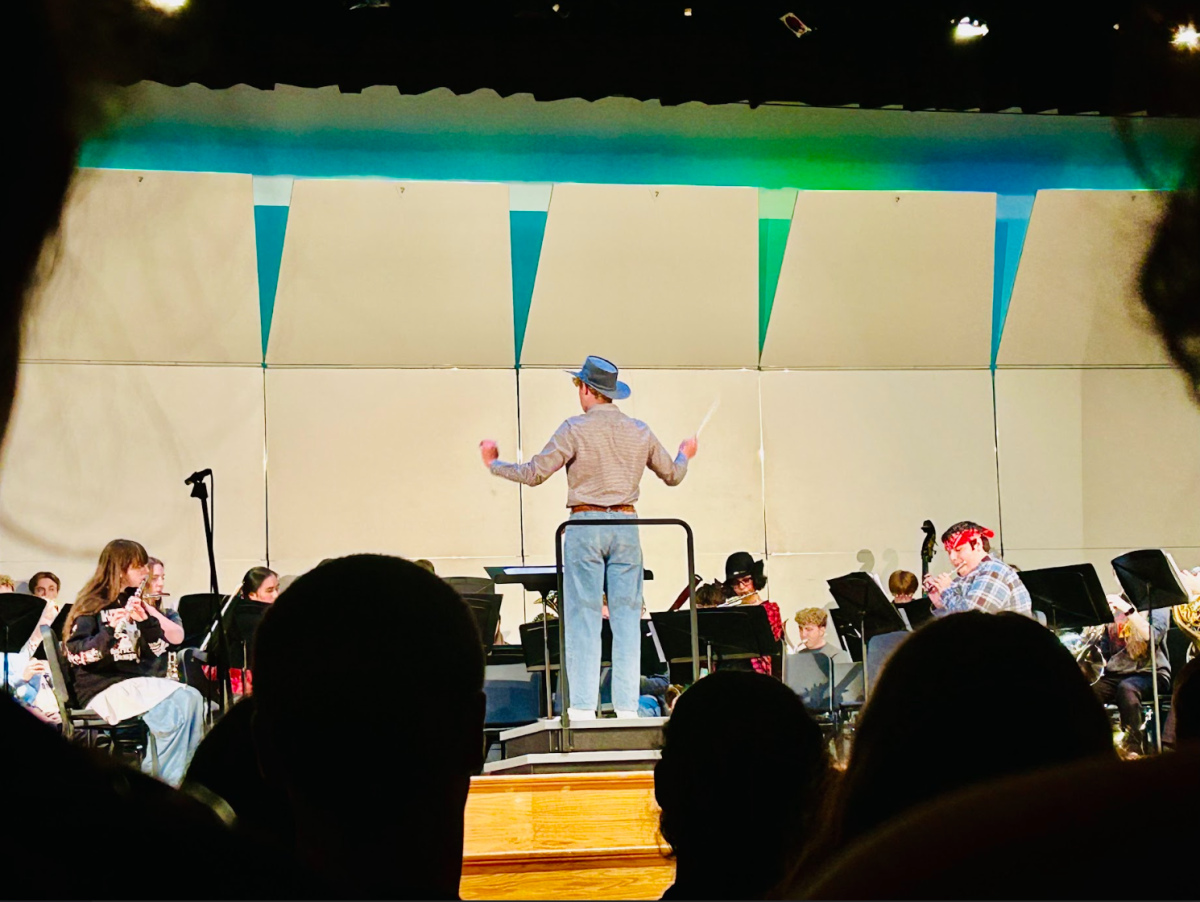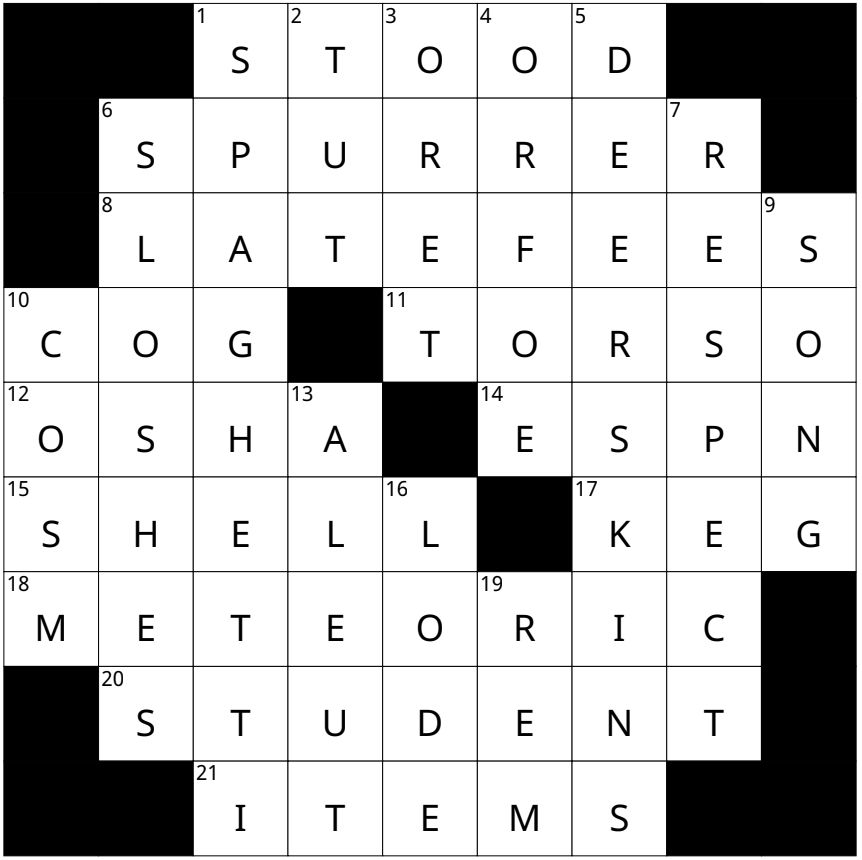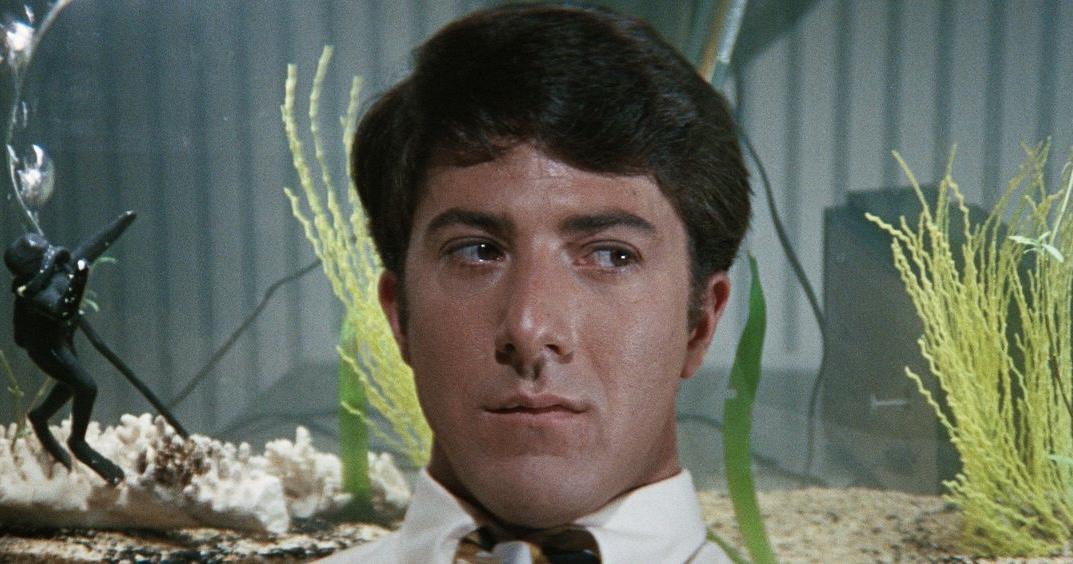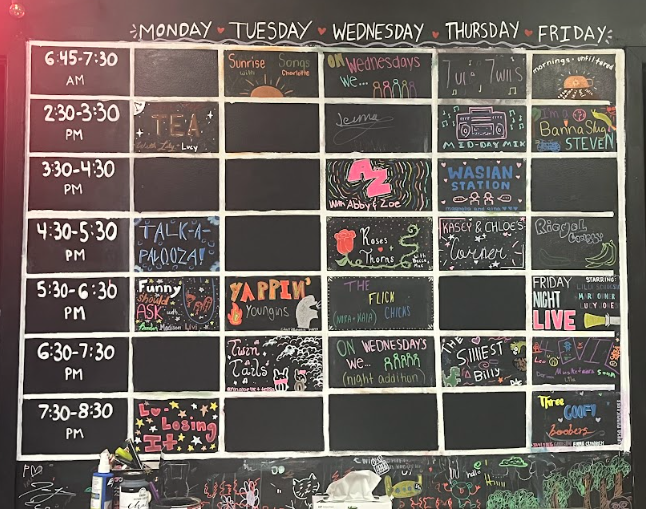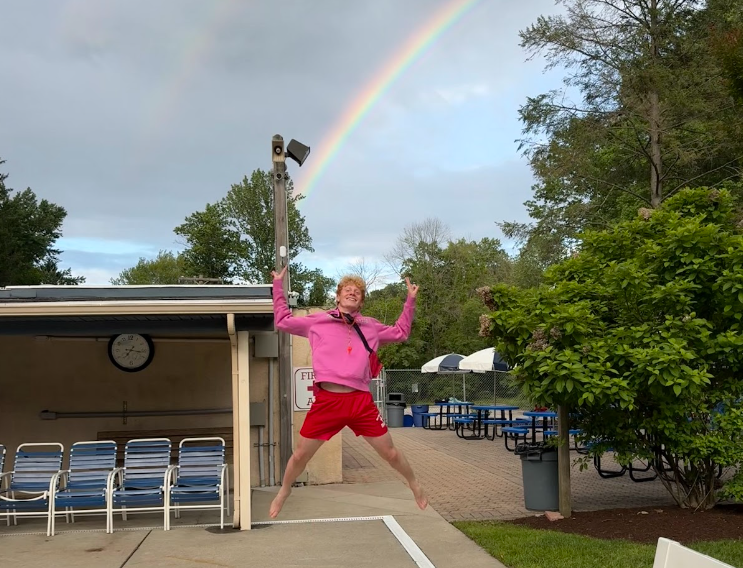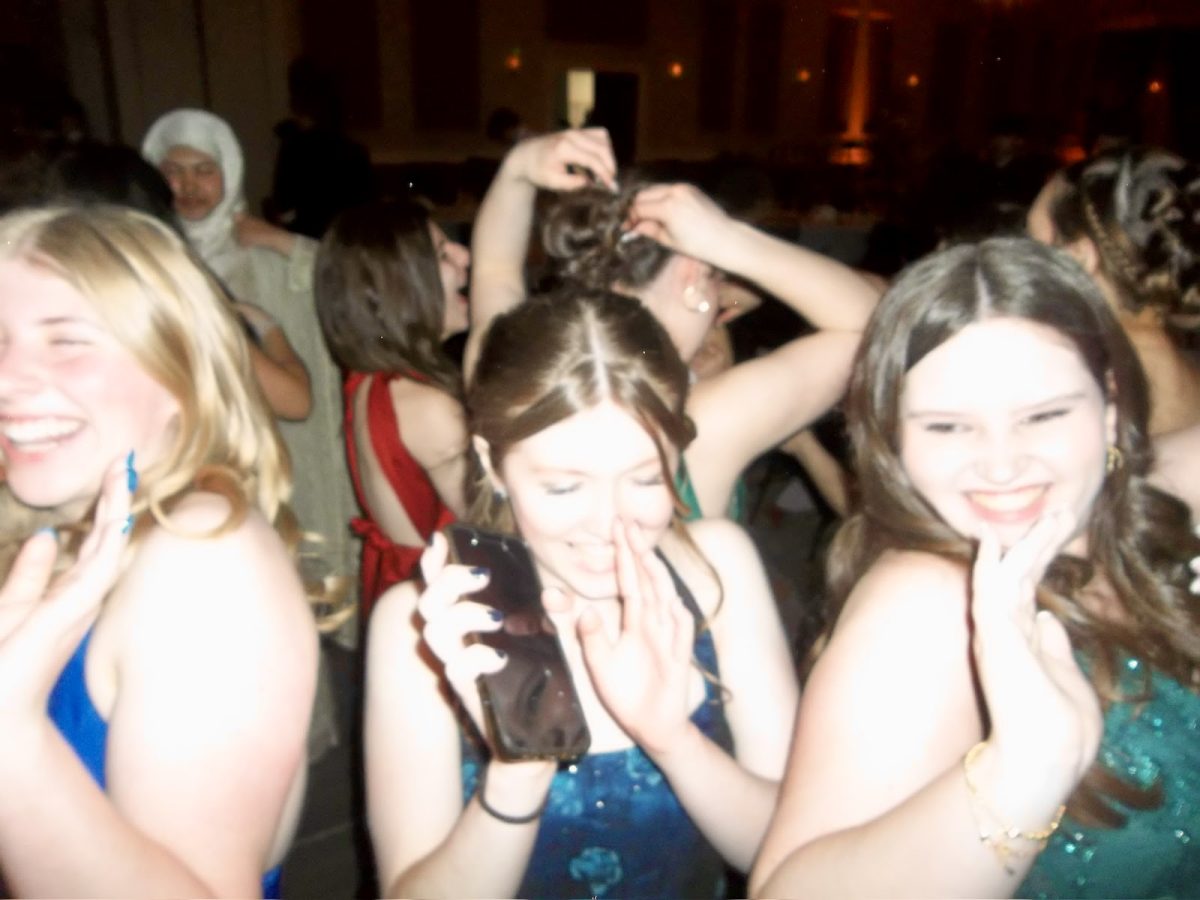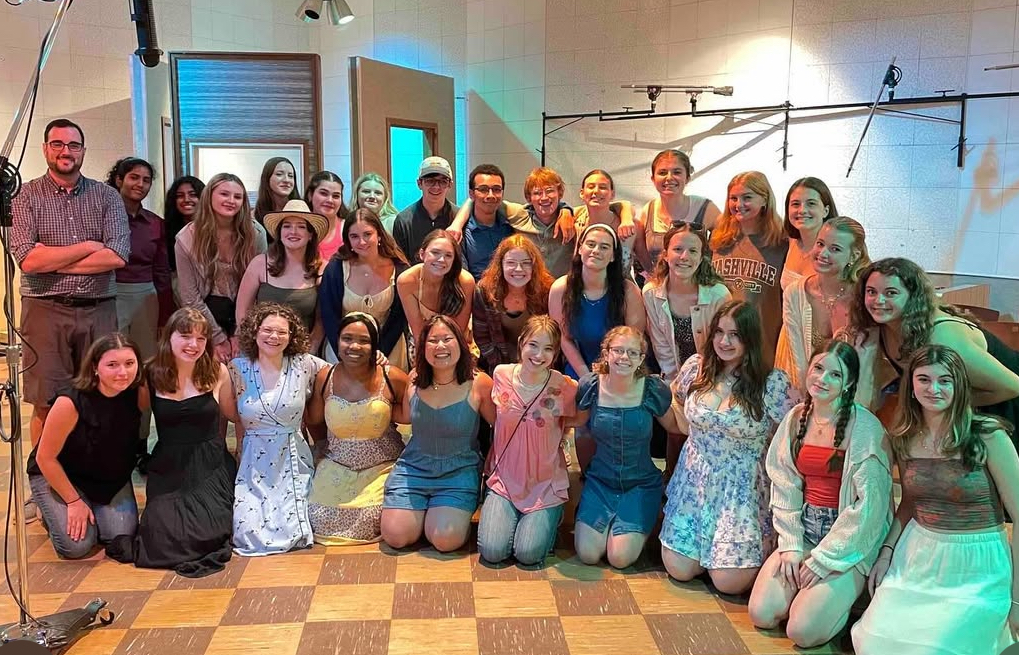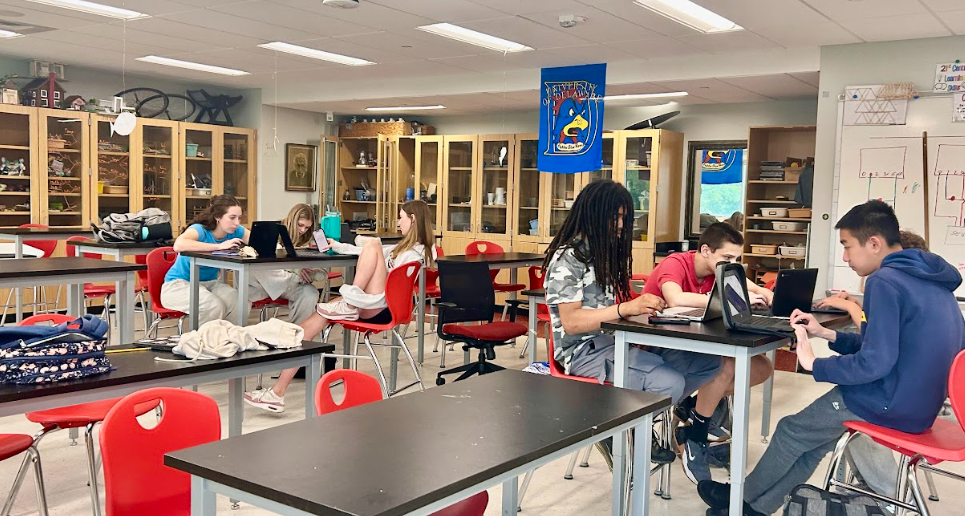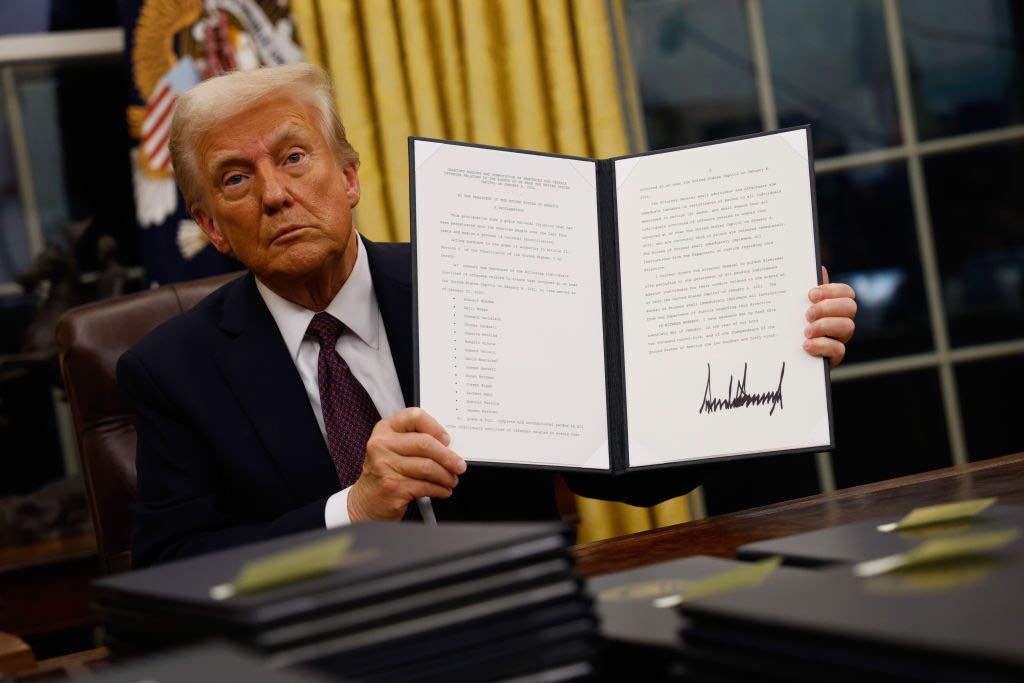Philadelphia is known for its wide variety of concert venues, such as the Fillmore, the Mann, the Met, and even the Wells Fargo Center and Lincoln Financial Field. They have hosted a wide variety of renowned music stars and artists over the years. However, I would like to propose a group that has existed in the city of Philadelphia for longer than most: the Philadelphia Orchestra.
On January 30th, I attended a performance of The Planets written by Gustav Holst. My family and I arrived around 10 minutes before the start of the performance. Walking in the doors of the Kimmel Center, the lobby was abuzz with activity from people of all backgrounds and ages. Stands handed out free samples of drinks and food, and there were opportunities to sit down and grab a bite to eat at the Curtain Call Cafe.
Our seats were on the first balcony level, and an usher in a bright red-trim coat led us to our seats through a narrow hallway. Stepping onto the balcony, I was overwhelmed with the size of the venue. Marian Anderson Hall, the main stage at the Kimmel Center, is shaped like a cello, with seats up to three levels high. A massive pipe organ was positioned above the stage, stretching up to the ceiling.
As the lights dimmed, assistant conductor Naomi Woo graced the stage to introduce the audience to The Planets suite by Gustav Holst, the performance of the evening. She talked about the history and legacy of the piece and how each movement represented the astrological meanings of each planet. Woo also introduced guest conductor Daniele Rustioni, a charming and renowned conductor who has led orchestras and opera houses worldwide.
After tuning from concertmaster Juliette Kang, Rustioni once again walked across the stage to begin the suite. Each movement in Holst’s suite represents the astrological personalities of the seven planets of the solar system; Mars, Venus, Mercury, Jupiter, Saturn, Uranus, and Neptune. Pluto is not included in the suite because it wasn’t discovered until 1930, a full ten years after the suite was performed publicly.
The suite is a remarkable display of the Philadelphia Orchestra’s program and musicians. Holst’s score allows each section of the orchestra to shine in their ability and range of sound and texture. The brutalist, harsh Mars and the erratic, lively Uranus feature loud, clashing brass and intense string and woodwind runs. Slower movements like Venus and Neptune pull in the softer tones of the strings, woodwinds, and horns, with moving solos that demonstrate the intimacy of the performance.
The Planet’s suite is written for a large orchestra, and the Philadelphia Orchestra ensured that they were playing the work as originally intended in Holst’s vision. The pipe organ, contrabassoon, celesta, and even a women’s choir were all featured throughout the performance, adding depth to the piece.
Rustioni was a fantastic conductor for the night’s program. He was expressive in the slower movements, loosely waving his baton with careful detail to each soloist. In Mars, he jumped with the rhythm, stomping his feet and wildly whipping his head to the music. The orchestra seemed to fuel off these expressive performances, with the violins leaning into their bowing patterns and the flutes moving up and down with their range.
The performance also featured up-close footage of the conductor, and explanatory commentary and prompting questions of the works on projector screens above the orchestra. These were a part of the “Orchestra After 5” initiative, where the venue hosts a pre-show cocktail hour before the performance at 6:30. Afterwards, Woo and Rustioni held a brief talkback panel, where they discussed popular ideas and their own opinions on the program. I found their interpretations of the piece insightful, and Rustioni implored people to go to see the orchestra more often, stating how lucky we are to have this program so close to home.
The Philadelphia Orchestra is a cornerstone of the culture of the city. I highly recommend that people of all ages, young and old, go see the orchestra perform live. They have concerts nearly every week, featuring a variety of musicians, conductors, and pieces. Many view the orchestra as “a dying art,” but I argue it is not so. Support your city’s legacy, history, and arts centers to continue the longevity of this nationally acclaimed program! You can buy tickets or view other events at https://philorch.ensembleartsphilly.org/.



